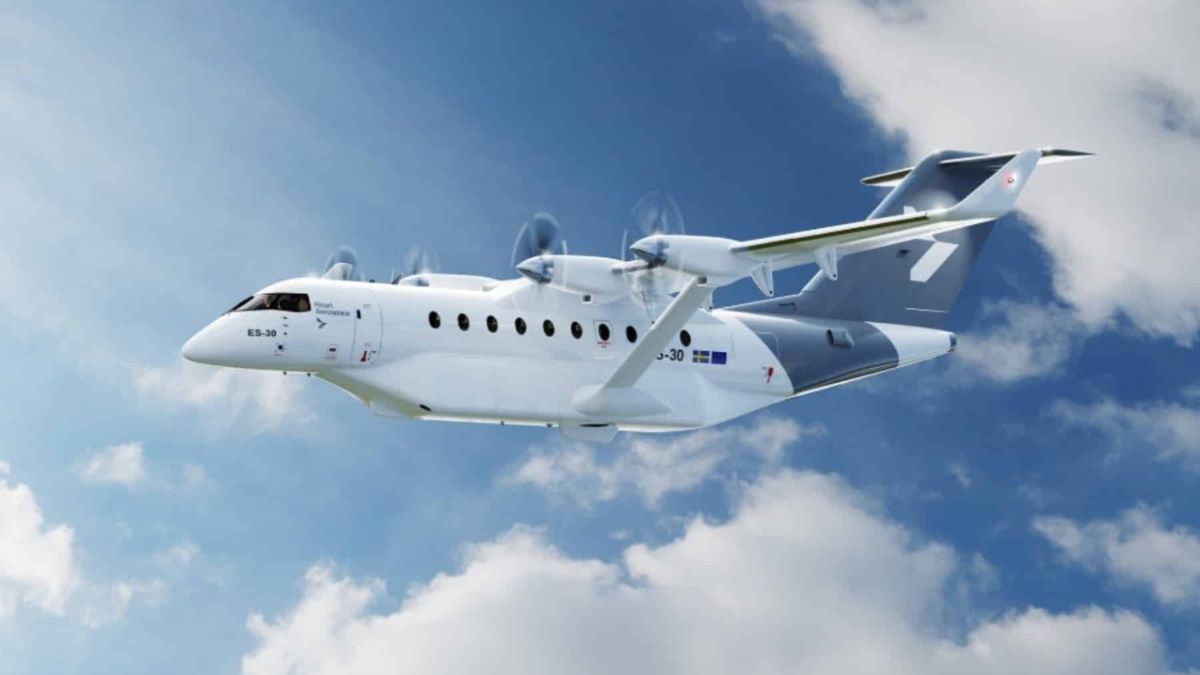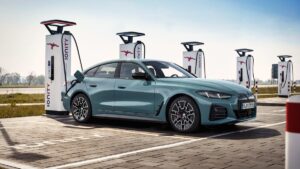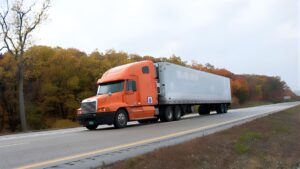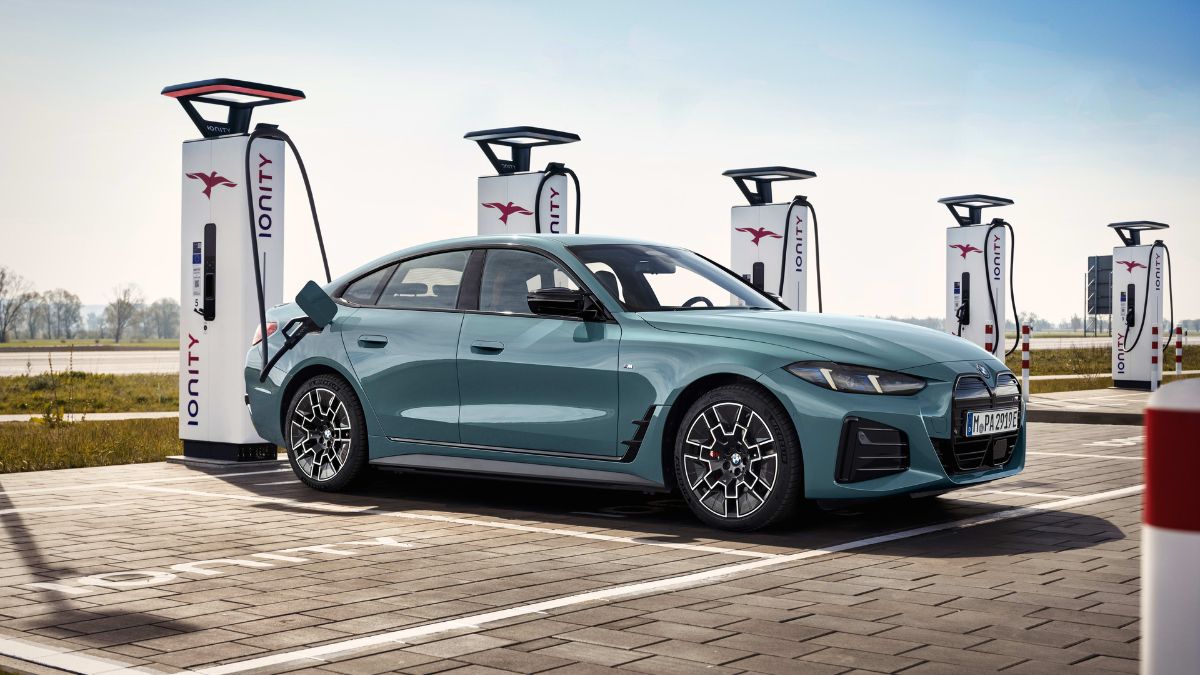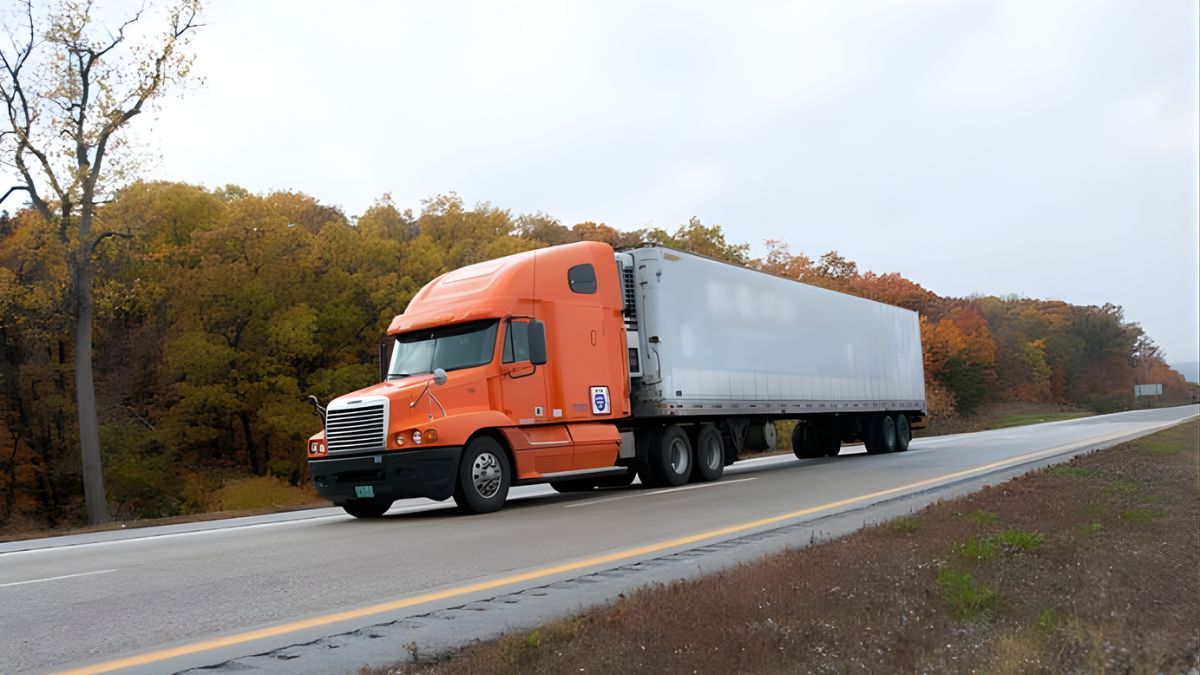Sweden is taking bold steps to clean up the skies—literally. In a move that could rewrite global aviation rules, the country is ditching fossil jet fuels entirely and embracing 100% sustainable aviation fuel (SAF).
With a hybrid-electric 30-seater jet in the works, Sweden is setting the pace for a greener, cleaner flight future. If all goes as planned, domestic flights in the country could be entirely fossil-free within the next decade.
Commitment
Sweden has long been known for its strong environmental policies, but its latest aviation goals take things to a whole new level. As part of its national climate strategy, the country aims to reach net-zero emissions by 2045. And it’s not leaving air travel out of the equation.
Aviation is one of the most difficult sectors to decarbonize. Yet Sweden is moving full throttle toward change by committing to 100% SAF for all domestic flights within 10 years. SAF is a cleaner alternative made from waste oils, agricultural residues, and even captured carbon dioxide. It can cut life-cycle emissions by up to 80% compared to conventional jet fuel.
Transition
Sweden isn’t just relying on the aircraft themselves to make the leap. The plan includes full infrastructure upgrades to support the transition. Airports across the country are being equipped with SAF blending facilities, electric charging stations, and safety systems for battery-powered planes.
Even more impressively, this isn’t just a goal for the future—it’s a transition already in motion. Carriers, airports, and manufacturers are all on board. Airlines operating within Swedish airspace will be expected to comply with the nation’s SAF usage mandates.
Aircraft
At the heart of this revolution is Heart Aerospace, a Swedish startup spearheading the development of the ES-30—a 30-passenger hybrid-electric aircraft designed for short-haul commercial flights.
Here’s a quick overview of the ES-30’s flight specs:
| Feature | Details |
|---|---|
| Full Electric Range | 32 km |
| Hybrid SAF Range | Up to 200 km |
| Passenger Capacity | 30 |
| Estimated Launch Year | 2030 |
This hybrid plane won’t just be a prototype—it’s being designed with real commercial routes in mind. Remote communities like Gotland, Sweden’s island region, are already signing up to test electric flights to the mainland. Agreements have been made between local authorities, Heart Aerospace, and electric aviation companies like the Elfly Group to bring sustainable flying to life.
Infrastructure
Shifting from fossil-fueled jets to clean aircraft means changing more than just what’s in the fuel tank. Airports must adapt to meet the demands of a new kind of flight. Sweden is already prepping for this, starting with Säve Airport in Gothenburg, which has committed to:
- Installing charging stations
- Creating battery safety zones
- Developing SAF distribution hubs
Meanwhile, regulatory bodies are under pressure to modernize outdated aviation certification procedures. The country is fast-tracking approvals for electric aircraft and working with research centers to ensure safety and efficiency standards are up to date.
Projects
Sweden’s not just building a single plane—it’s building an entire ecosystem. More than 100 projects are underway focused on air taxi systems, electric propulsion, and sustainable aircraft certification. This coordinated push between government, private sector, and academia shows that Sweden’s bet on fossil-free skies is serious.
Unlike some nations still debating policy, Sweden is investing, building, and preparing to take off—without the emissions.
Future
The goal is bold: a fossil-free aviation industry. Sweden’s strategy combines hybrid-electric flight technology, full SAF integration, airport upgrades, and regulatory innovation. If successful, the skies above Sweden could become a model for other countries to follow.
And the ambition doesn’t stop at the mainland. From Gothenburg’s innovation hubs to Gotland’s remote airstrips, Sweden is connecting its regions sustainably. By taking a holistic approach—aircraft, infrastructure, policy, and partnerships—Sweden is proving that the future of flight doesn’t have to be fueled by fossil fuels.
FAQs
What is SAF used in Swedish aircraft?
SAF is Sustainable Aviation Fuel made from waste oils and CO₂.
When will Sweden stop using fossil jet fuel?
By 2030 for domestic flights, according to national targets.
What is the ES-30 aircraft?
It’s a hybrid-electric 30-seat plane built by Heart Aerospace.
How far can the ES-30 fly?
It has a 32 km electric range and 200 km hybrid SAF range.
Which airports support electric aviation?
Säve in Gothenburg is among the first with needed facilities.

